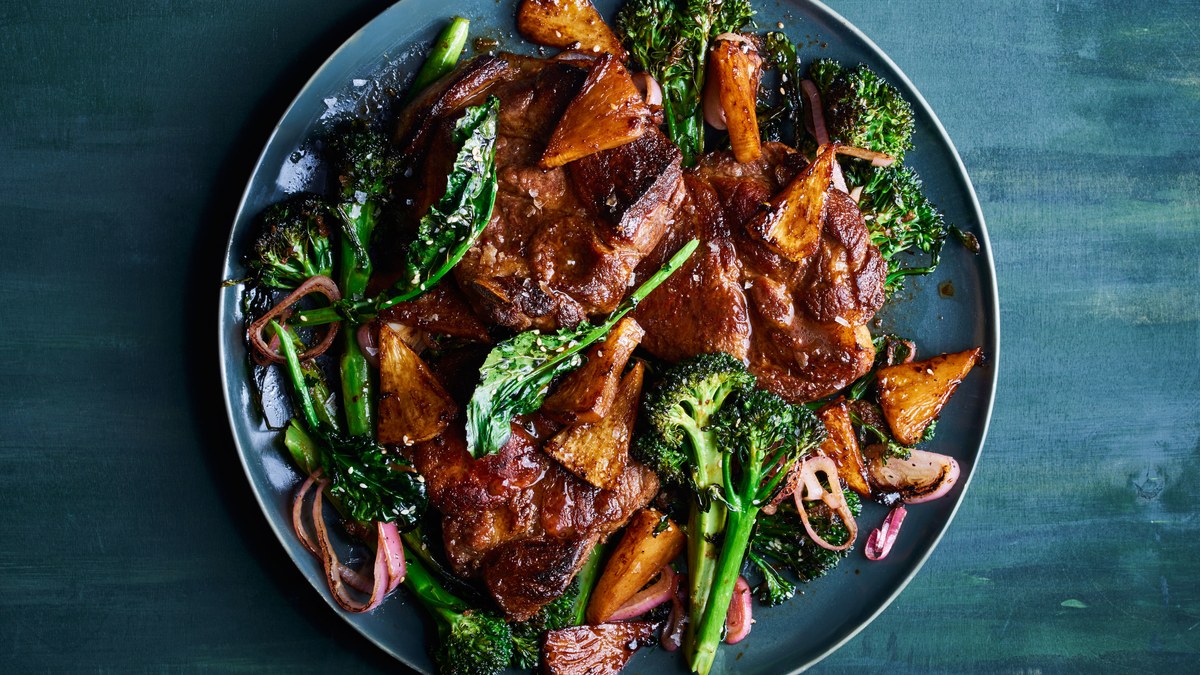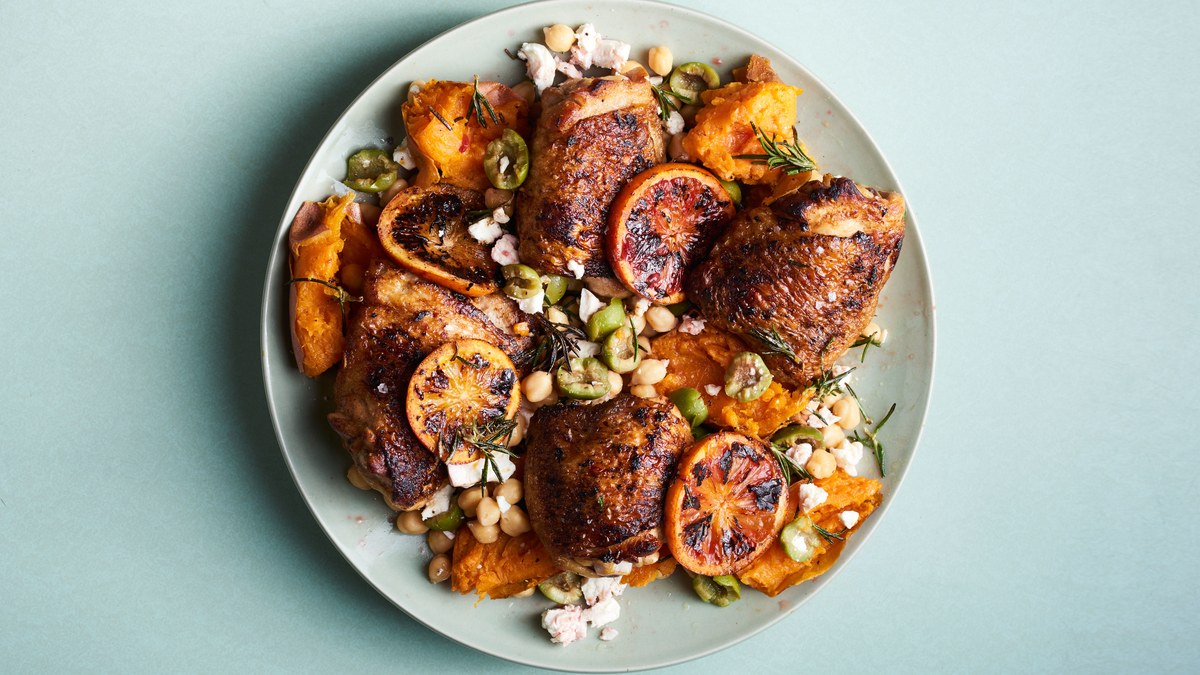I made these souffles for my ladies on Valentine’s Day this year. They came out great! Very simple to make and they were gleefully eaten by all.
DIRECTIONS
- Heat oven to 375° F. Use 1 tablespoon of the butter to grease one 16-ounce or two 8-ounce ramekins. Coat the ramekins with the cocoa, tapping out the excess.
- In a large bowl, over a pan of simmering water, melt the chocolate and remaining butter. Stir occasionally until smooth. Remove from heat and add the vanilla. Whisk in the yolks one at a time until smooth. Set aside.
- In a clean bowl, beat the egg whites with the sugar, salt, and cream of tartar until stiff (but not dry) peaks form. Gently fold the egg-white mixture into the chocolate. Spoon into the ramekins. (The recipe can be made to this point up to 1 day ahead. Cover with plastic wrap and refrigerate.)
- Bake until puffed and set, 40 minutes for a 16-ounce soufflé, 20 minutes for two smaller ones. (If baked directly from the refrigerator, add 5 to 10 minutes.) Serve immediately with Custard Sauce.
Source: Chocolate Soufflé










